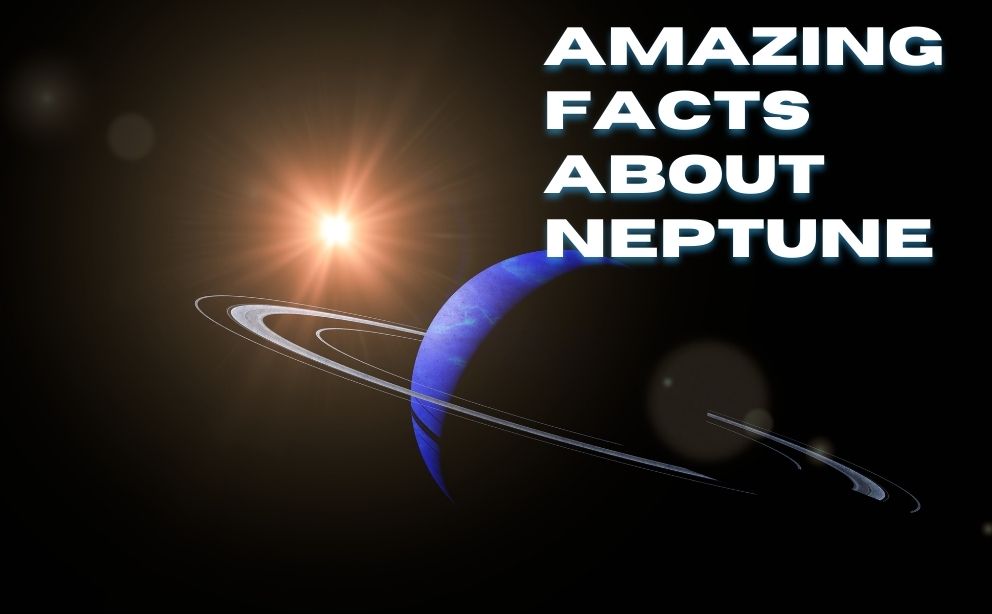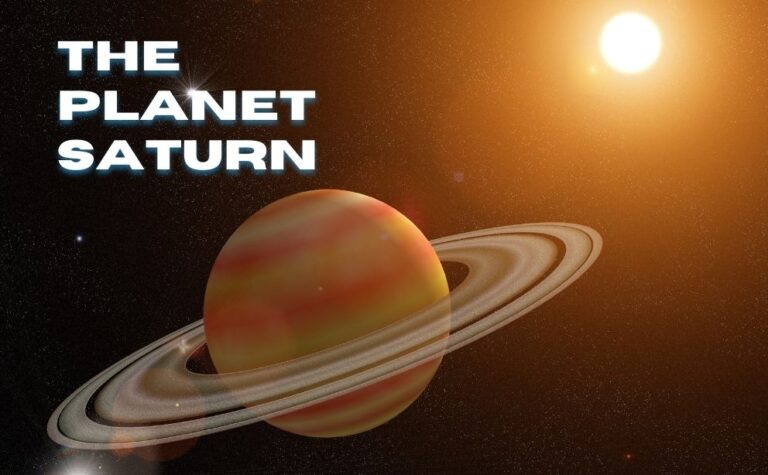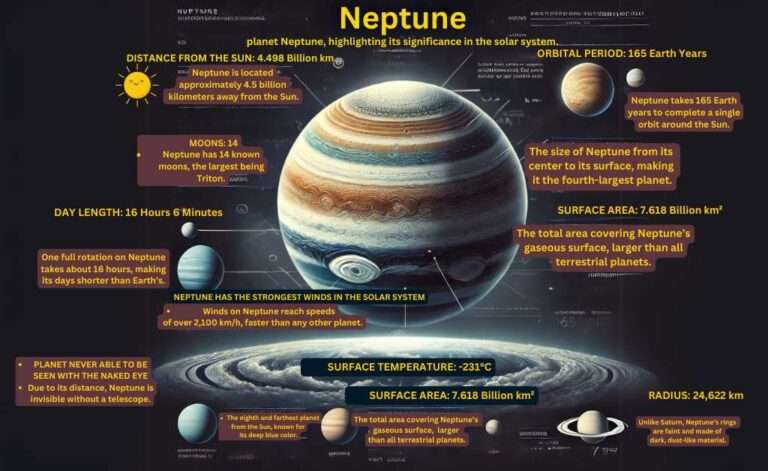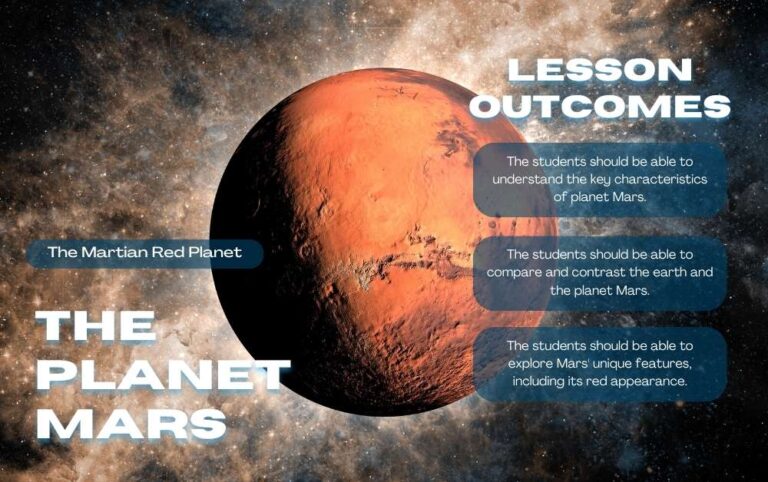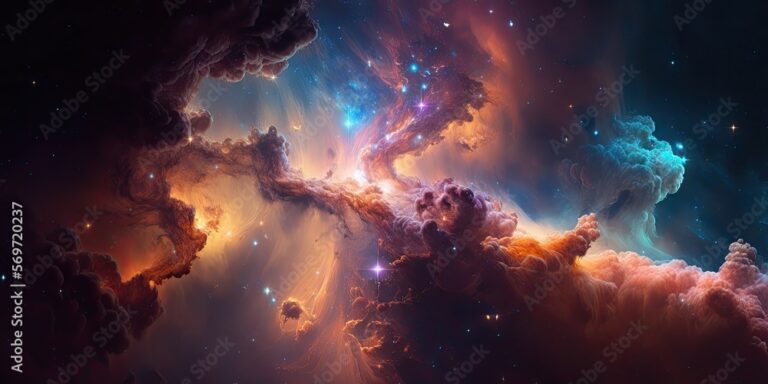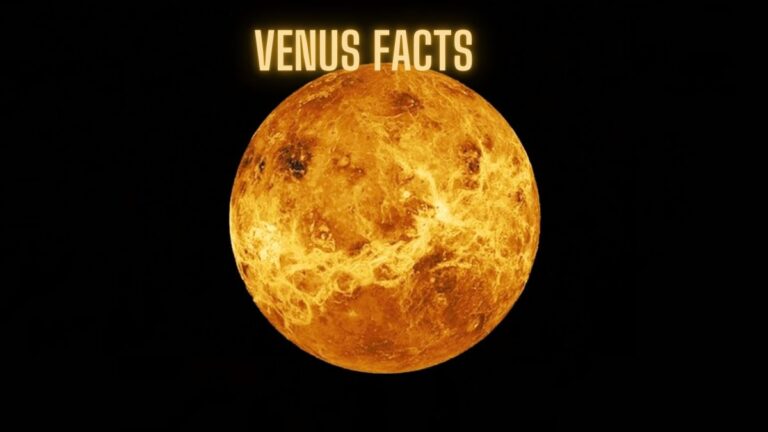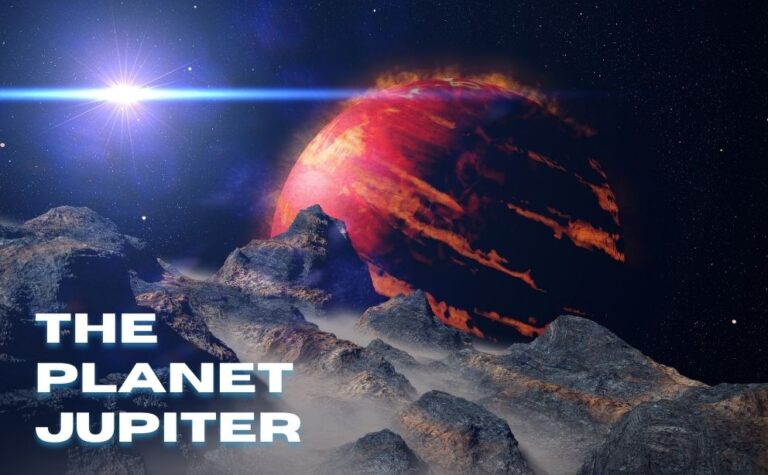Discover 12 Jaw-Dropping Neptune Facts You Never Knew Existed
12 Mind-Blowing Facts About Neptune That Will Leave You stunned
Embark on a cosmic journey through 12 mind-bending facts about Neptune. From its mysterious dark spots to its bizarre magnetic field, get ready to see the ice giant in a whole new light!
Introduction
Hold onto your space helmets, folks! We’re about to blast off on a mind-bending adventure to the farthest reaches of our solar system—Neptune. This cosmic oddball has been turning heads and dropping jaws since its discovery in 1846. But trust me, this ice giant’s got more tricks up its sleeve than a magician at a kids’ birthday party. From its diamond rain to its supersonic winds, Neptune is about to show you its weirdest, wildest side. So, strap in and get ready for a wild ride as we dive into these 12 jaw-dropping facts that’ll have you seeing the blue beauty in a whole new light!
1. It’s Raining Diamonds on Neptune
Let’s kick things off with a real doozy. Forget about raining cats and dogs—on Neptune, it’s raining diamonds! That’s right, this cosmic jeweler is churning out bling like there’s no tomorrow. Deep within Neptune’s atmosphere, the extreme pressure and temperature conditions are just right to split apart methane molecules, releasing carbon atoms. These carbon atoms then crystallize into diamond structures and fall like rain towards the planet’s core. Talk about making it rain!
2. Neptune Has the Strongest Winds in the Solar System
If you thought Earth’s hurricanes were intense, wait till you get a load of Neptune’s weather. This windy world holds the record for the fastest winds in our solar system, with speeds reaching up to a mind-boggling 1,200 miles per hour (1,931 km/h). That’s about 1.5 times the speed of sound! These supersonic winds whip up massive dark storms that can last for years. Neptune’s definitely not the place for a peaceful picnic.
3. Neptune’s Great Dark Spot Plays Hide and Seek
Speaking of storms, Neptune’s got its own version of Jupiter’s Great Red Spot—the Great Dark Spot. But here’s the kicker—it’s a cosmic game of hide and seek. When Voyager 2 first spotted this massive storm in 1989, astronomers were thrilled. But when they looked again with the Hubble Space Telescope in 1994, poof! It had vanished. Since then, new dark spots have appeared and disappeared, keeping astronomers on their toes. It’s like Neptune’s atmosphere is a cosmic magic show!
4. Neptune Has Only Been Visited Once
Despite being one of our solar system’s giants, Neptune is a bit of a wallflower when it comes to visitors. Only one spacecraft has ever swung by to say hello—Voyager 2, back in 1989. This lone explorer gave us our first close-up views of the ice giant and its moons. Since then, Neptune’s been playing hard to get. It’s like the planet equivalent of that mysterious neighbor you’ve only seen once in 30 years.
5. Neptune’s Magnetic Field is Seriously Tilted
Here’s a head-scratcher for you: Neptune’s magnetic field is tilted a whopping 47 degrees from its axis of rotation. That’s more than twice as tilted as Earth’s magnetic field! But wait, it gets weirder. The magnetic field is also offset from the center of the planet by about 0.55 radii. It’s like Neptune swallowed a giant bar magnet and it got stuck at a funny angle. This bizarre configuration has astronomers scratching their heads and rewriting textbooks.
6. Neptune Has Partial Rings
Move over, Saturn! You’re not the only ringed beauty in town. Neptune’s got its own set of rings, but they’re playing hard to get. These faint, clumpy rings are made up of dust particles and are so dim that they weren’t even discovered until 1984. Some parts of the rings are so thin and faint that astronomers call them “ring arcs” instead of complete rings. It’s like Neptune’s trying to be fashionable but can’t quite commit to the full ring look.
7. Neptune’s Moon Triton is a Captured Dwarf Planet
Neptune’s largest moon, Triton, is a rebel with a cause. Unlike most moons in our solar system, Triton orbits Neptune backwards (retrograde orbit). This oddball behavior has led scientists to believe that Triton wasn’t always Neptune’s moon. Instead, it was likely a dwarf planet from the Kuiper Belt that Neptune’s gravity captured long ago. Talk about an identity crisis!
8. Neptune Emits More Heat Than It Receives
Here’s a cosmic conundrum for you: Neptune emits 2.61 times more energy than it receives from the Sun. This excess heat has puzzled scientists for years. Some theories suggest it might be leftover heat from the planet’s formation, while others propose more exotic explanations. Whatever the cause, this internal heat engine drives Neptune’s wild weather and keeps things interesting in this distant world.
9. Neptune Was Discovered Using Math
Neptune holds the distinction of being the first and only planet discovered through mathematical calculations rather than direct observation. In 1846, astronomers noticed that Uranus wasn’t orbiting quite as expected. They theorized that another planet’s gravity must be tugging on it. Using nothing but math and the power of deduction, they predicted where this mystery planet should be. When they pointed their telescopes to that spot in the sky, voila! Neptune appeared. It’s like the ultimate cosmic “I told you so” moment.
10. Neptune’s Seasons Last for Decades
If you think winter on Earth drags on forever, try living on Neptune. Because of its tilted axis and long orbit, each of Neptune’s seasons lasts for over 40 Earth years! That’s right, if you were born on Neptune during the start of summer, you’d be middle-aged by the time autumn rolled around. Talk about a long summer vacation!
11. Neptune Has a Layer of Superionic Water
Deep within Neptune, there’s a layer where water behaves in a way that defies our earthly understanding. Under extreme pressure and temperature, water molecules break apart. The oxygen ions form a crystal lattice, while the hydrogen ions flow freely like a liquid. This “superionic water” is neither solid, liquid, nor gas—it’s a whole new phase of matter. It’s like Neptune has its own internal lava lamp, but way cooler (or hotter, depending on how you look at it).
12. Neptune’s Atmosphere Has Methane Snow
Last but not least, let’s talk about Neptune’s unique take on winter wonderlands. In the upper layers of Neptune’s atmosphere, methane gas condenses into ice crystals, forming clouds of methane snow. These methane ice crystals are what give Neptune its beautiful blue color. So the next time someone tells you it’s snowing, you can say, “Yeah, but is it methane snow?” Neptune: 1, Earth: 0.
Conclusion: Our Mysterious Ice Giant Neighbor
As we wrap up our mind-blowing tour of Neptune, it’s clear that this ice giant is far more bizarre and fascinating than we ever imagined. From its diamond rain and supersonic winds to its tilted magnetic field and methane snow, Neptune continues to surprise and amaze us with its extreme conditions and peculiar characteristics.
These 12 jaw-dropping facts barely scratch the surface of Neptune’s mysteries. As we continue to study this enigmatic world, who knows what other incredible discoveries await? One thing’s for certain: Neptune will never cease to astonish us with its beauty, complexity, and downright weirdness.
So, the next time you gaze up at the night sky, remember that out there, billions of miles away, there’s a blue world where it rains diamonds, snows methane, and the winds blow faster than the speed of sound. Neptune truly is the ultimate cosmic oddball—a planet that keeps us guessing and dreaming of the day we might unravel all its secrets.
FAQs
- Q: How many moons does Neptune have?
Neptune has 14 known moons, with Triton being the largest and most famous. - Q: Can humans ever visit Neptune?
Due to Neptune’s extreme distance and harsh conditions, human visitation is not currently feasible with our current technology. - Q: Why is Neptune blue?
Neptune’s blue color comes from methane in its atmosphere, which absorbs red light and reflects blue light. - Q: How long is a day on Neptune?
A day on Neptune lasts about 16 Earth hours. - Q: How cold is Neptune?
Neptune is extremely cold, with average temperatures around -214°C (-353°F) in its upper atmosphere. - Q: Can we see Neptune from Earth without a telescope?
Neptune is not visible to the naked eye and requires a telescope or powerful binoculars to be seen from Earth. - Q: How did Neptune get its name?
Neptune was named after the Roman god of the sea, due to its blue color.
Sources:
[1] https://ppl-ai-file-upload.s3.amazonaws.com/web/direct-files/47049297/2192cb57-fddc-49a1-8a80-509e0933835b/365-facts-on-space.pdf
[2] https://www.wionews.com/web-stories/science/5-fascinating-facts-about-neptune-1725355954814
[3] https://revolutionized.com/planet-neptune-facts/
[4] https://www.euroschoolindia.com/blogs/interesting-facts-about-neptune/
[5] https://space-facts.com/neptune/
[6] https://universemagazine.com/en/12-interesting-facts-about-the-planet-neptune/
[7] https://www.learningresources.co.uk/blog/facts-about-neptune-for-kids/
[8] https://www.funkidslive.com/learn/top-10-facts/top-10-facts-about-neptune/
[9] https://www.space.com/something-strange-inside-neptune.html
[10] https://science.nasa.gov/neptune/neptune-facts/
[11] https://en.wikipedia.org/wiki/Neptune
[12] https://www.universetoday.com/21999/10-interesting-facts-about-neptune/
[13] https://kids.nationalgeographic.com/space/article/mission-to-neptune
[14] https://science.nasa.gov/neptune/
[15] https://www.nhm.ac.uk/discover/factfile-neptune.html

